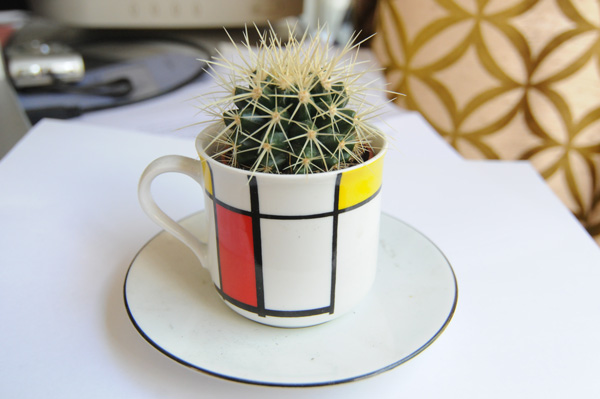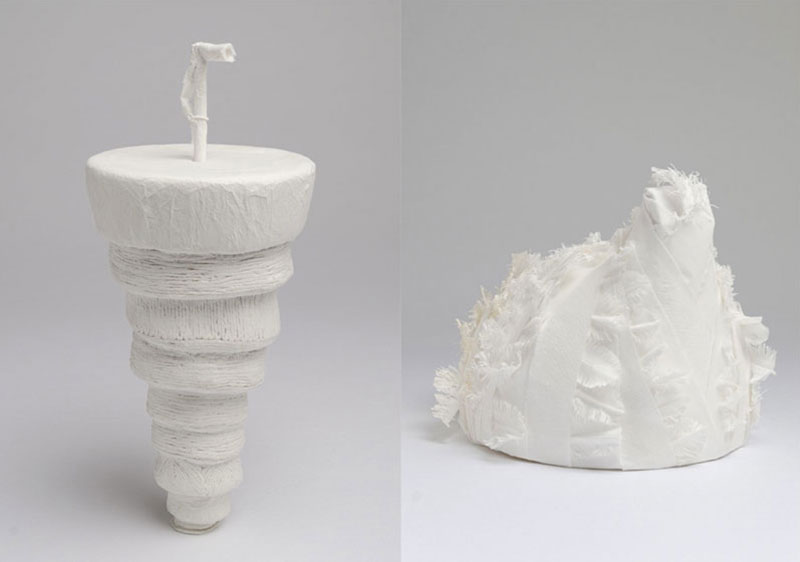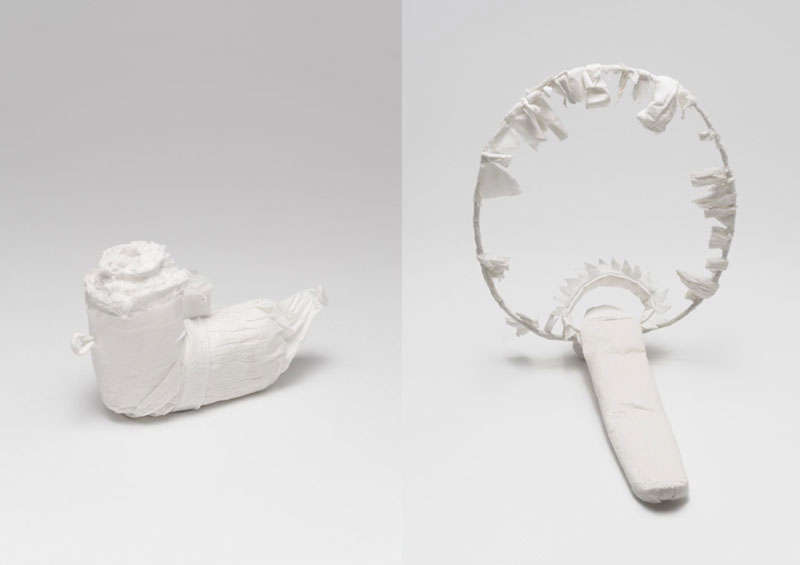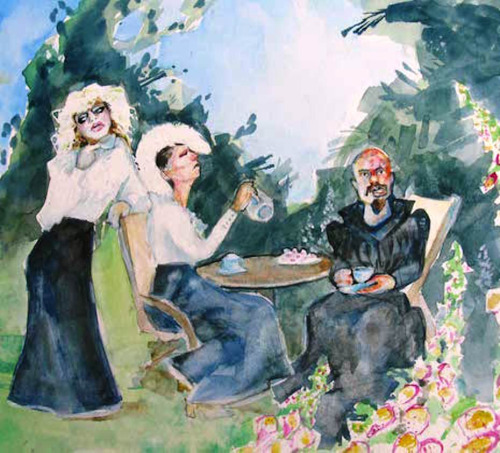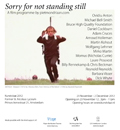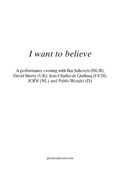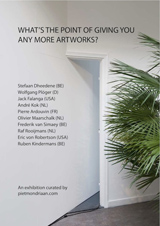
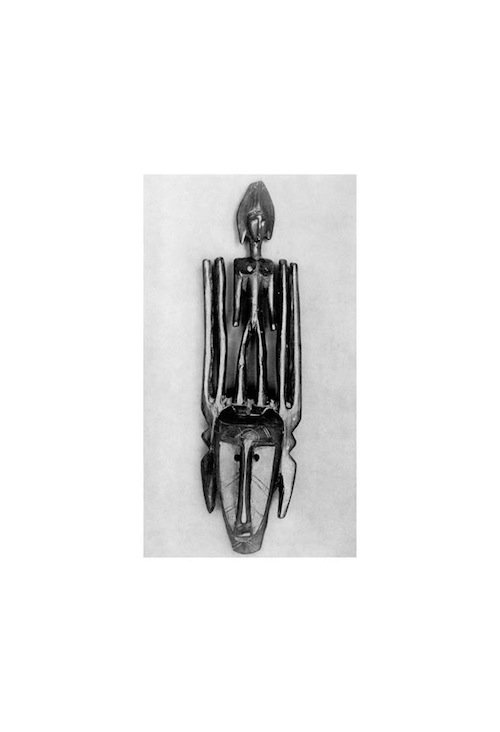
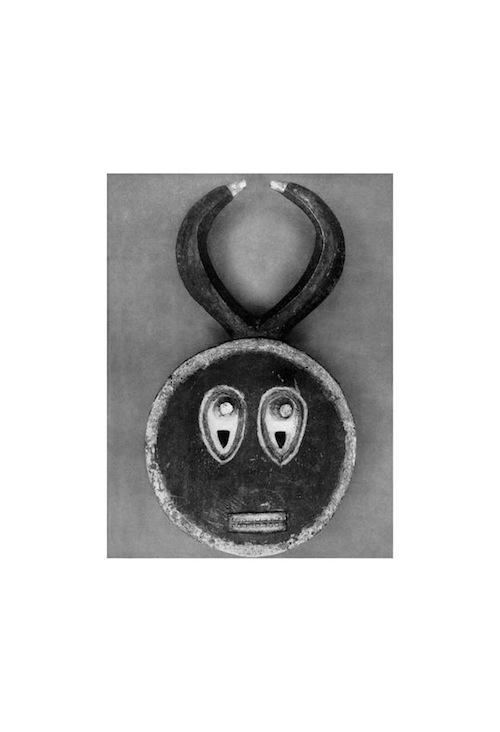
Sherrie Levine, ‘African Masks after Walker Evans’ (2015)
In 1979, Sherrie Levine received widespread acclaim for her series ‘After Walker Evans’, in which she re-photographed 24 of Walker Evans’s photographs out of an exhibition catalogue, depicting the impoverished rural population in Alabama at the end of the 1920s. 35 years later, in a further series after Walker Evans, Levine addresses similar issues with new layers of relevance.
For the series ‘African Masks after Walker Evans’, the artist chose her motifs from an extensive collection of over 400 photographs of African artworks that Walker Evans was commissioned to produce in 1935 by the Museum of Modern Art in New York. Evans photographed numerous objects from “African Negro Art,” a major exhibition shown in 1935 at the Museum of Modern Art and other American museums. These photographs were not used for the exhibition catalogue, but were compiled into a portfolio of more than 400 original prints, provided to museums and specialized libraries for educational purposes. This comprehensive project made a significant contribution to the reception of African art in the western aesthetic canon.
Selecting only masks for her series, Sherrie Levine hones in on the question of the identity of the artwork creator. Walker Evans’s photographs already indicate the aesthetic primacy of the works he depicted: through the act of being photographed, they are transformed in status from foreign ritual artifacts into modern sculptures.
By mh
|
Posted in Composition
|
Also tagged America, appropriation, black, collection, culture, DIY, education, exoticism, image, masks, photographs, portfolio, primitive, repurposing, sculpture, Sherrie Levine, translation, unknown, USA, walker evans, white
|
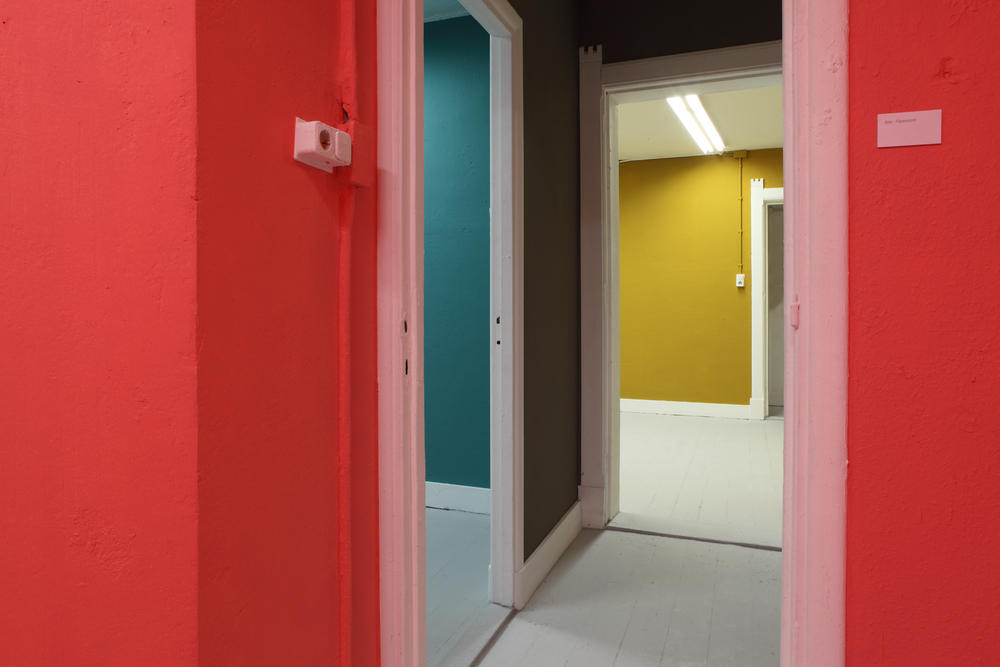
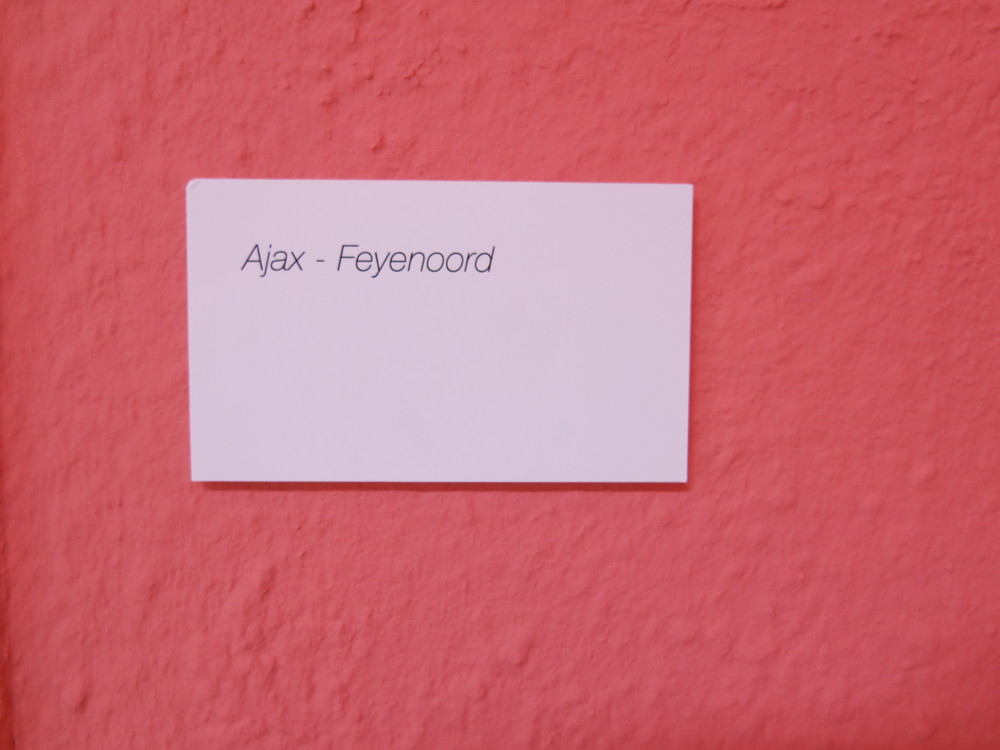
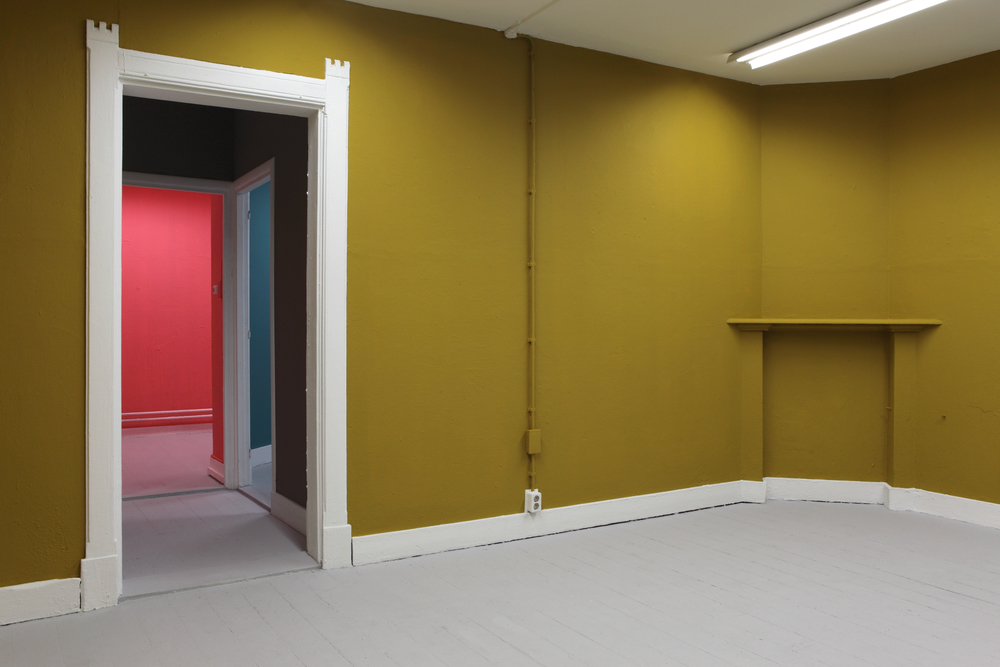
Stef van den Dungen, ‘Let’s call it a draw’ (2015)
Several rooms painted in colors that are created by the mixing of the colors of two rival football teams.
By mh
|
Posted in Abstraction
|
Also tagged architecture, blend, brown, color, corridor, DIY, draw, even, fuckem, fun, game, installation, interior, joke, mix, mustard, netherlands, opponents, painting, red, rival, romance, rooms, space, sports, Stef van den Dungen, teams, unknown, wall
|
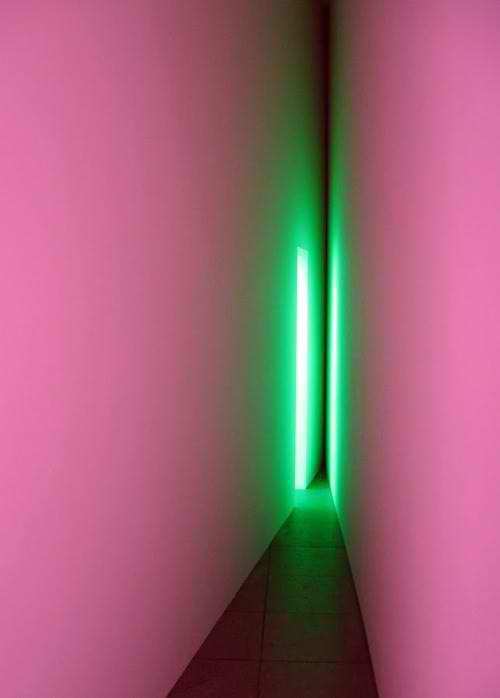
Bruce Nauman, ‘Dream Passage’ (1983)
By mh
|
Posted in Abstraction
|
Also tagged America, architecture, body, bruce nauman, corridor, DIY, door, dream, green, hallway, installation, light, narrow, opening, passage, physical, pink, romance, surreal, transition, unknown, USA, wall
|
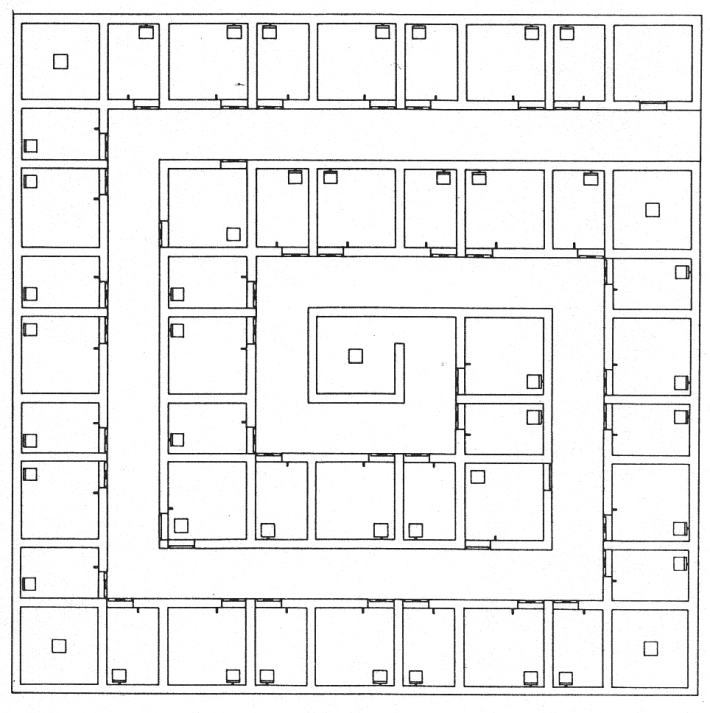
John Hejduk‘s design for a ‘Labyrinth for soloists’ (1986)
By mh
|
Posted in Composition
|
Also tagged alone, America, architecture, corridor, design, DIY, drawing, floorplan, fuckem, John Hejduk, labyrinth, lose, organization, performance, postmodernism, rooms, solo, unknown, USA, wall, way
|

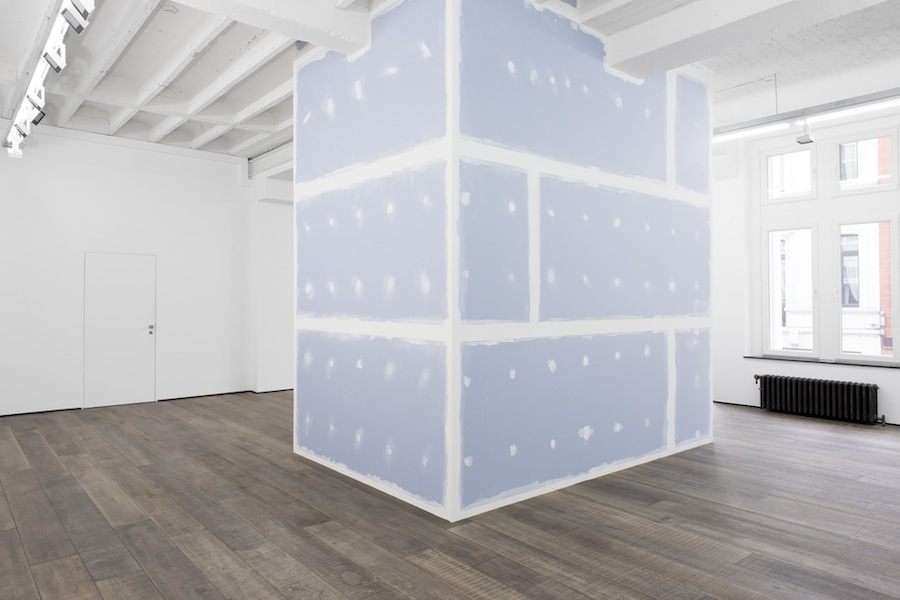
Isaac Brest, installation view from ‘Thank you in advance’ at galerie Rodolphe Janssen.
By mh
|
Posted in Abstraction
|
Also tagged America, architecture, construction, DIY, exhibition, fuckem, installation, intervention, isaac brest, paint, perspective, plasterboard, sculpture, sides, structure, the wild, wall, white
|
By mh
|
Posted in Composition
|
Also tagged America, celebrity, collection, DIY, fuckem, garden, gathering, GG Allin, music, musicians, Nancy Spungen, painting, Peggy Clydesdale, people, punkrock, romance, table, tea, the wild, trash, unknown, watercolor, Wendy O. Williams
|

Grant Wood, ‘Dinner for Threshers’ (1934)
By mh
|
Posted in Composition
|
Also tagged America, architecture, Break, dinner, exterior, farmers, farmhouse, food, Grant Wood, interior, labor, meal, painting, regionalism, romance, threshers, unknown, wall, wheat
|
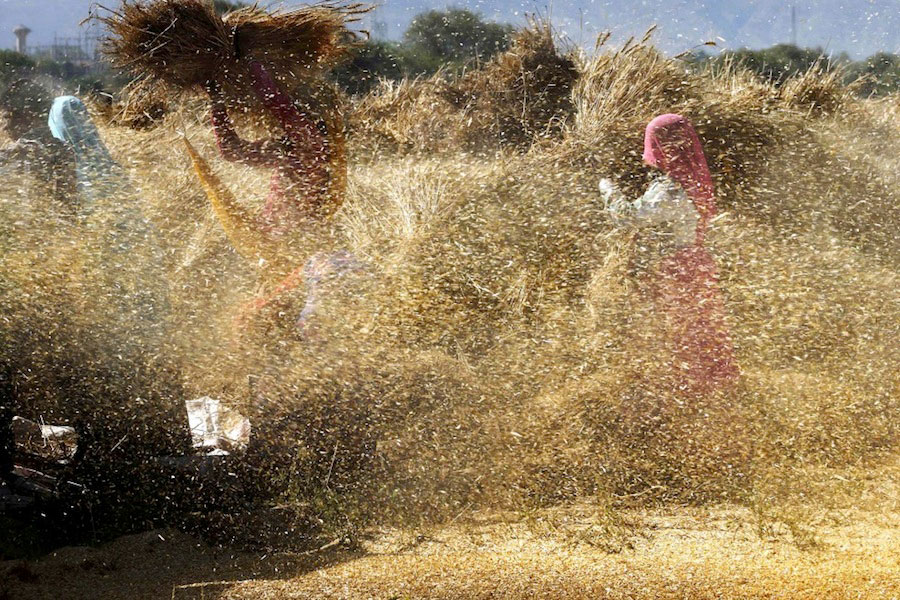
Indian farmers threshing the harvested wheat in a village in the province of Rajasthan.
By mh
|
Posted in Abstraction
|
Also tagged air, chaos, complexity, DIY, documentary, farmers, flying, found, India, labor, life, performance, photograph, press, rajasthan, romance, the wild, threshing, unknown, village, wheat
|
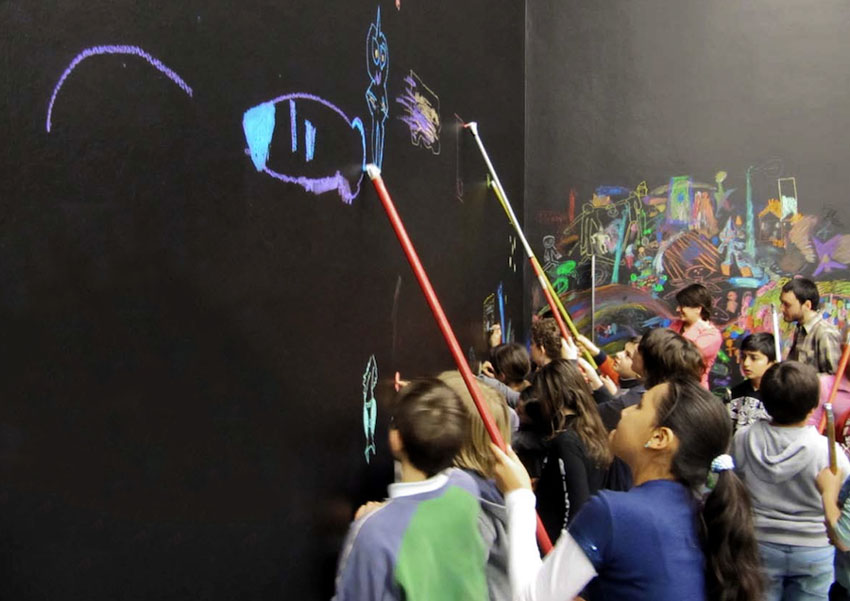
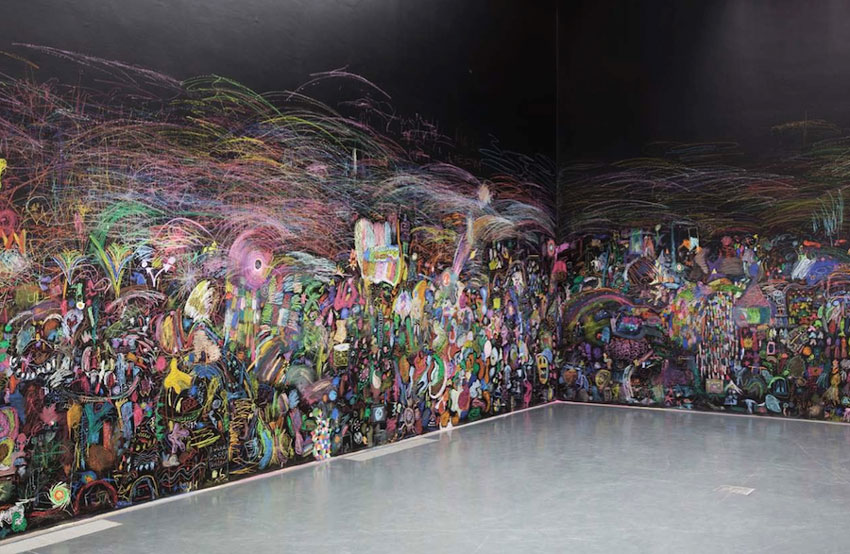
Matteo Rubbi, ‘Blackboards’ (2011)
Through a workshop involving two primary schools, a physicist and some artists, the young pupils attempt to portray the complexity of the world as it is described by quantum mechanics.
By mh
|
Posted in Composition
|
Also tagged architecture, big, blackboards, children, color, DIY, drawing, education, fuckem, fun, installation, italy, large, learning, matteo rubbi, participation, performance, pupils, room, school, space, teaching, the wild, universe, unknown, vast, workshop, world
|



